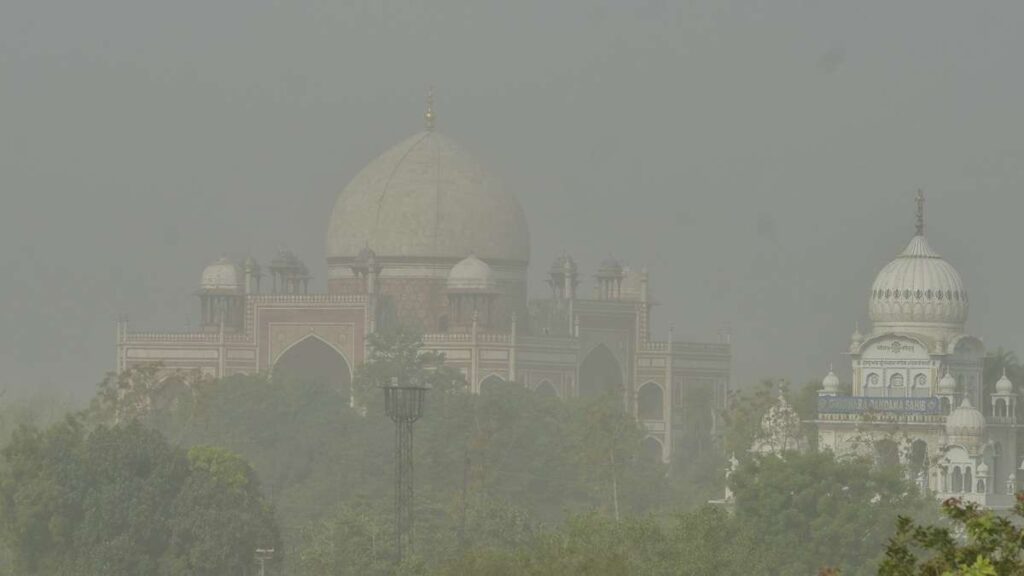

Air quality poor after dust storm in Delhi
Air pollution in Delhi-NCR has started disturbing. After a dust storm, a thick layer of dust erupted in Delhi-NCR on Friday, which reduced the visibility and a decline in air quality. The air in the NCR has reached a very poor condition, due to which it has been decided to implement the first phase of the Graded Response Action Plan (GRAP) with immediate effect. The Air Quality Management Commission (CAQM) has issued an order regarding this, taking a serious stance so that the pollution situation can not be worsened and prevented in time. Explain that Grap-1 is applied when the city’s AQI reaches 200.
All the restrictions were lifted after the air level improved on May 1, but the Air Quality Management Commission (CAQM) has decided to re -implement the first phase of the graap ban on Friday.
Ban on these things
- Ban on burning garbage in the open in this phase, limited use of diesel generators.
- Ban on the use of coal or firewood in the restaurant.
- Under Grape-1 restrictions, some restrictions are imposed on construction activities.
- Burning garbage will be completely banned and public transport will be promoted.
- Monitoring will also be increased on burning garbage in the open, dust on the roads and vehicles that spread pollution.
Which stage of Grap applies?
- Grap Stage-1 is applied when AQI levels are between 201-300.
- Stage-2 is effective when AQI is measured between 301-400 i.e. ‘very poor’.
- Stage-3 is applied between ‘severe’ air quality.
- Stage-4 is applied when AQI starts going above 450.
Due to the dust storm, the AQI of NCR reached 292, which falls in the poor category. CAQM’s Grape Sub-Committee also held a meeting on Thursday, but before the ban of Grape-1, he waited for a day to improve. But when AQI remained in the poor category for the second consecutive day on Friday, the committee decided to impose restrictions of Grape Stage-1.
Also read-



